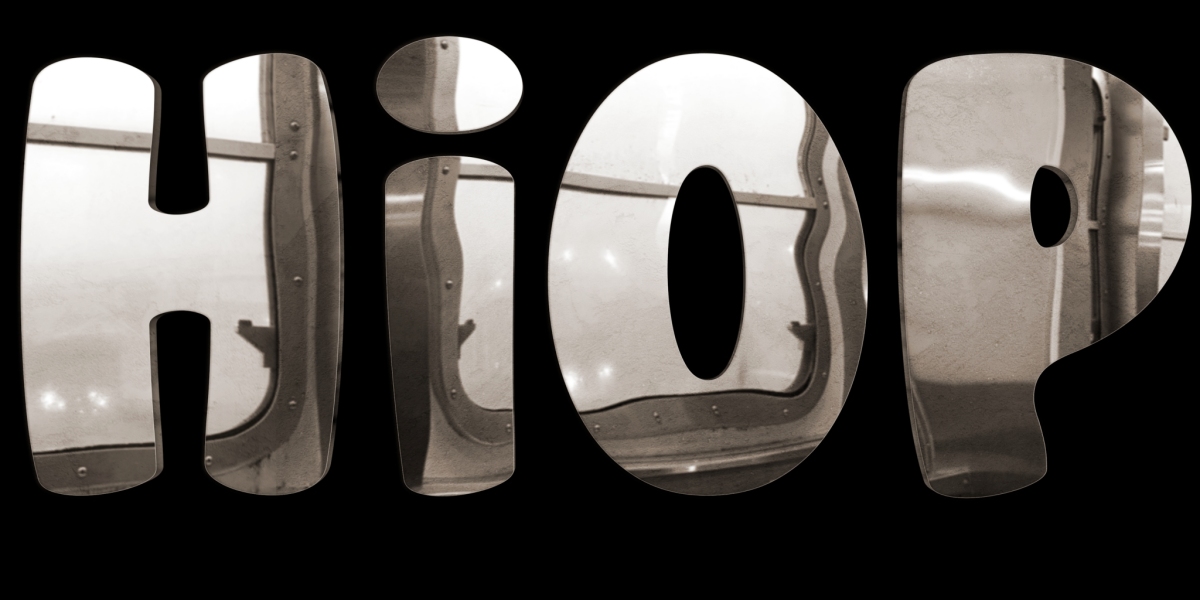Introduction
Embroidery, a timeless art form, has adorned fabrics for centuries, reflecting cultural narratives and personal expressions. As we navigate the digital age, this traditional craft is experiencing a renaissance through embroidery digitizing, where AI-powered technology meets artisanal skill, creating a synergy that redefines textile design.
The Evolution of Embroidery
From hand-stitched tapestries to machine-assisted patterns, embroidery has continually adapted to technological advancements. The latest leap involves integrating artificial intelligence (AI) into digitizing processes, enhancing precision, efficiency, and creative possibilities.
Understanding Embroidery Digitizing
Embroidery digitizing transforms artwork into a digital file interpretable by embroidery machines. This process involves:
Vectorization: Converting images into scalable vector formats.
Stitch Mapping: Assigning stitch types and directions.
Sequencing: Determining the order of stitching for optimal results.
The Role of AI in Modern Embroidery Digitizing
AI introduces several enhancements:
Automated Stitch Optimization: AI algorithms analyze designs to suggest optimal stitch types and densities, reducing errors and material waste.
Real-Time Error Detection: Advanced systems can identify and correct issues like thread breaks or tension inconsistencies during the embroidery process.
Design Personalization: AI enables rapid customization, adapting designs to various fabrics and client preferences with minimal manual intervention.
Benefits of AI-Enhanced Embroidery Digitizing
Increased Efficiency: Automation accelerates the digitizing process, allowing for quicker turnaround times.
Enhanced Precision: AI ensures consistent quality across multiple reproductions.
Creative Flexibility: Designers can experiment with complex patterns and textures that were previously challenging to execute.
Applications Across Industries
Fashion: Designers leverage AI digitizing for intricate patterns and rapid prototyping.
Corporate Branding: Businesses utilize personalized embroidery for uniforms and promotional materials.
Home Decor: Custom embroidered items like cushions and wall art are gaining popularity.
Event Merchandise: Personalized embroidery adds a unique touch to event giveaways and memorabilia.
Challenges and Considerations
While AI offers numerous advantages, it's essential to address:
Learning Curve: Adopting new technology requires training and adaptation.
Initial Investment: High-quality AI-driven software and equipment can be costly.
Artistic Nuance: Some intricate designs may still require human touch for optimal results.
Future Prospects
The fusion of AI and embroidery is poised to evolve further, with anticipated developments like:
Voice-Controlled Embroidery Machines: Enhancing accessibility and ease of use.
Cloud-Based Design Libraries: Facilitating collaborative design and remote access.
Sustainable Practices: AI optimizing resource usage, promoting eco-friendly embroidery solutions.
Conclusion
Embroidery digitizing stands at the crossroads of tradition and innovation. By embracing AI-powered precision, artisans and businesses can elevate their craft, offering personalized, high-quality designs that resonate in today's dynamic market.







